It Takes a Village: Conservation and Research in Rural Madagascar
August 14, 2022
This summer, the DLC-SAVA Conservation project at the Duke Lemur Center is leading a Bass Connections project on bicultural sustainability in Madagascar. Four graduate students and one postdoctoral associate from Duke, one graduate student from UC Davis and one undergraduate from Macalester College (MN) are collaborating with partners in Madagascar to conduct interdisciplinary research on conservation and development in the SAVA region. Recently, this team shared updates on their work, including this overview of their first few weeks of research; a summary of their research approach and findings so far; and a close look at local livelihoods in the regions.
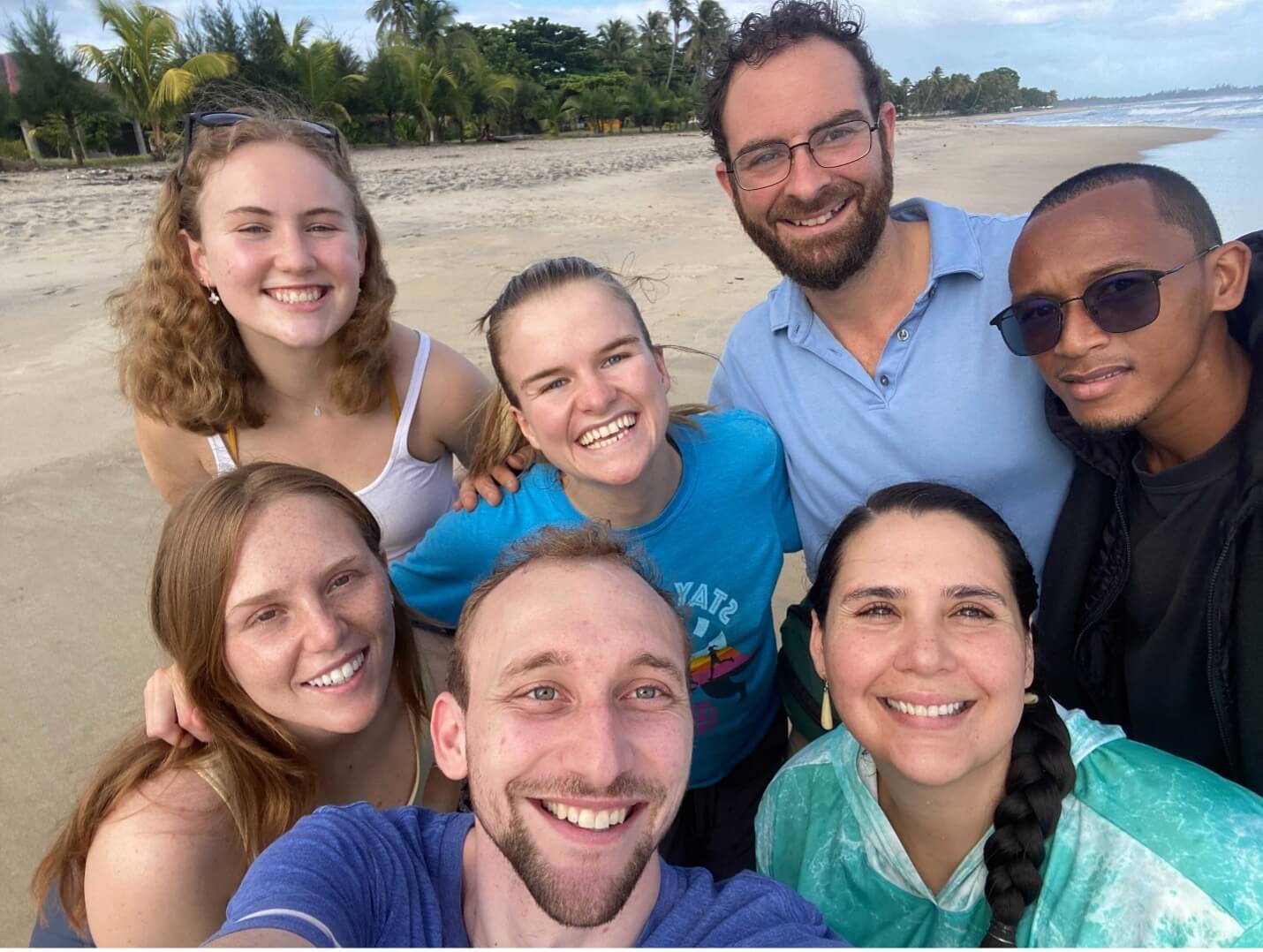
By James Herrera
Our team first arrived in the capital of Madagascar, Antananarivo, where we prepared our permits and long-term visas with our partners at the Malagasy NGO, MICET. Next, we flew to Sambava where we began preparing our gear at the DLC-SAVA Conservation office. We then traveled to Antalaha to visit our partners at the regional university, CURSA, where we met with all our team members, including the Agroecology Training and Research team, the Lemur Conservation team and all the teachers and administrators. In the beginning of our field trip, we also attended the virtual Malagasy Scientist Seminar series with Dr. Sarobidy Rakotoarison, who discussed the key topics of our project, such as equitable conservation policy and environmental justice.

After a night in Antalaha, we traveled back to the Sambava office, packed all our gear into a mini-bus and three SUVs and took the long drive to Andapa. There, we enjoyed a group dinner and had a round-table discussion about the goals of our multidimensional project in which everyone could discuss their expectations for team behavior.
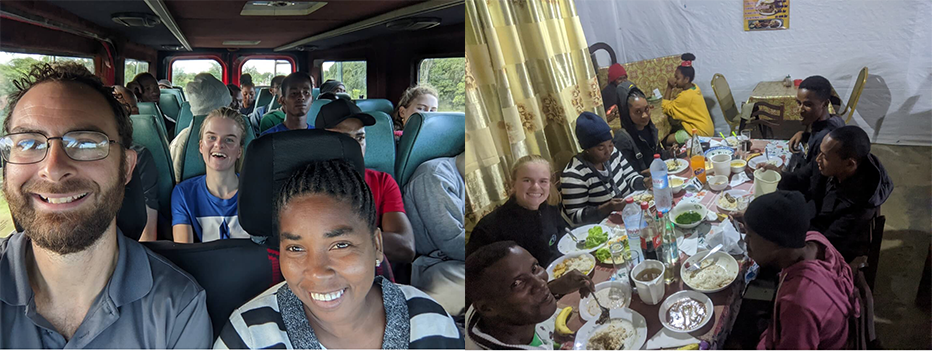
Next, we took a long, bumpy drive on the dirt roads outside of Andapa. After driving for three hours, we arrived in Ambodivoara, the village where we are conducting our research. This village is on the outskirts of a remote protected area called the COMATSA, a corridor that links two other biodiversity parks. We held a town hall-style meeting with the community to explain the goal of our project and ask for their permission to work together both in the village and in the forest.

Our team then divided into two subgroups. The forest ecology team was tasked with preparing over 60 bags to be transported by porters to their forest camp, while the social sciences team began piloting and testing the survey instruments to study different aspects of socioeconomics, demographics, farming and land use practices, food security, diet and nutritional health.

The social sciences team also set out to conduct household surveys as well as focus groups and key informant interviews to better understand people’s perceptions regarding microfinance systems, farming practices and market dynamics. Their team was also testing soil quality as it relates to farming productivity and nutritional health. In the meantime, the forest ecology team began their work by setting up the camp, inventorying the gear and measuring and marking the trails they would use to survey for lemurs.
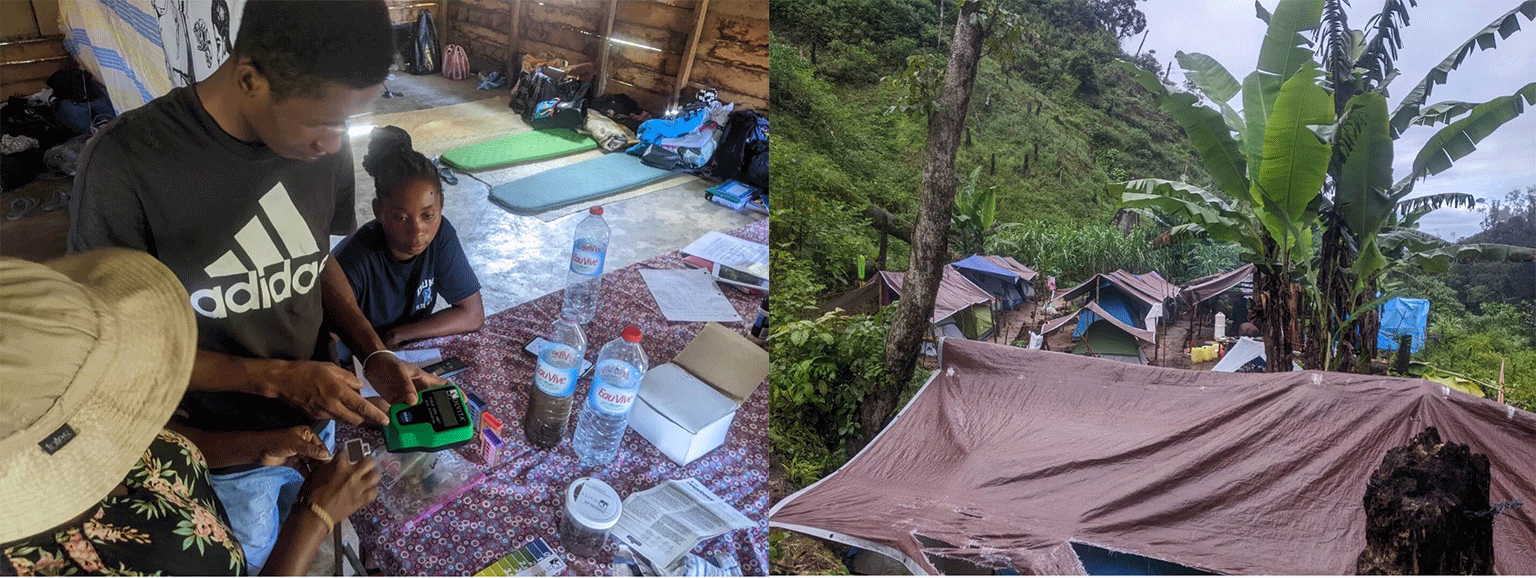
Shortly into the project, our team had spotted over 200 lemurs, including the rare and endangered silky sifaka. At night, we also caught glimpses of the nocturnal lemurs, which are extremely abundant! In addition to lemurs, we also saw so many amazing species, like chameleons and leaf-tailed geckos.

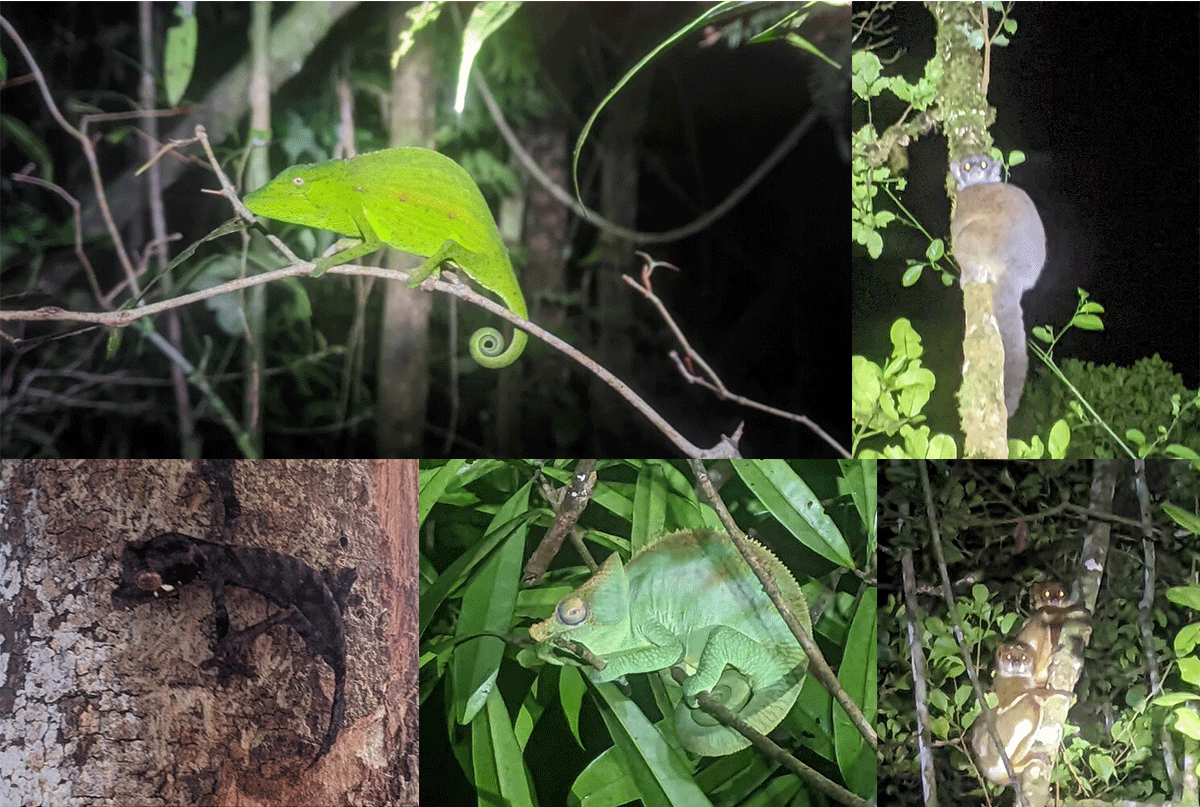
Unfortunately, people in Madagascar are facing challenges of food insecurity and declining soil fertility, so they often turn to forest resources to meet their needs. Plots of forest are cleared to plant crops because the forest still provides the rich soil needed for productive agriculture. Hardwood trees are also cut to make planks and posts for building materials.
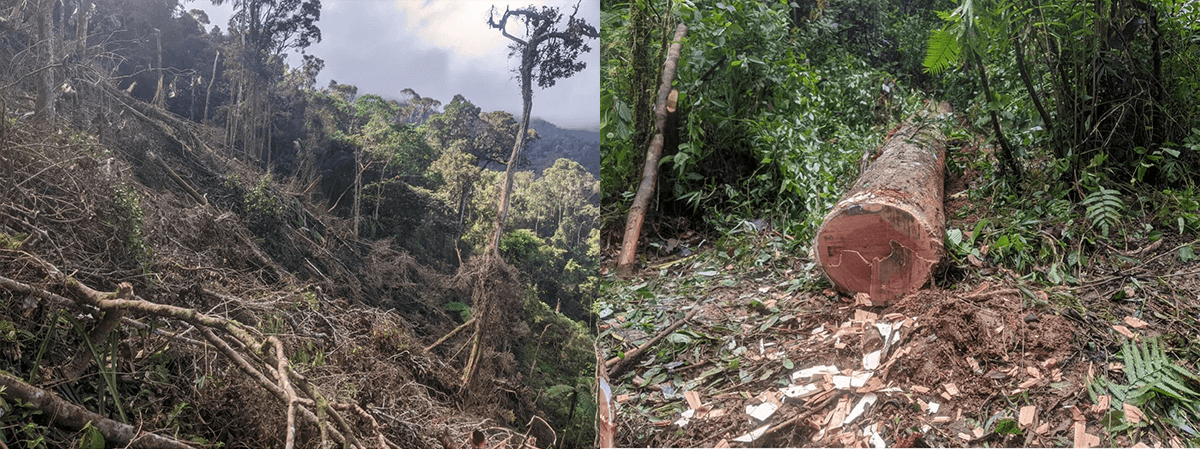
To better understand this process, our team member Camille is studying how lemurs disperse the seeds of the trees that they use for feeding, as well as how people use these trees and what they know about lemur-tree interactions.
We are looking forward to another 6 weeks of research, workshops and development with our Bass Connections team, and we plan to continue our work with the community at Ambodivoara throughout the coming years. The people at Ambodivoara are very excited to have the opportunity to work with us, just as we are excited to assist them in developing sustainable solutions to the challenges they face in their everyday lives.

Learn More
- This is the first of a three-part series of reflections from the Biocultural Sustainability in Madagascar project team. Read part two about their forest ecology and social science subteams and part three about their study of local livelihoods in the region.
- Submit a proposal for a 2023-2024 Bass Connections project by November 7.
- Explore the Energy & Environment theme to browse additional biodiversity conservation project teams.
